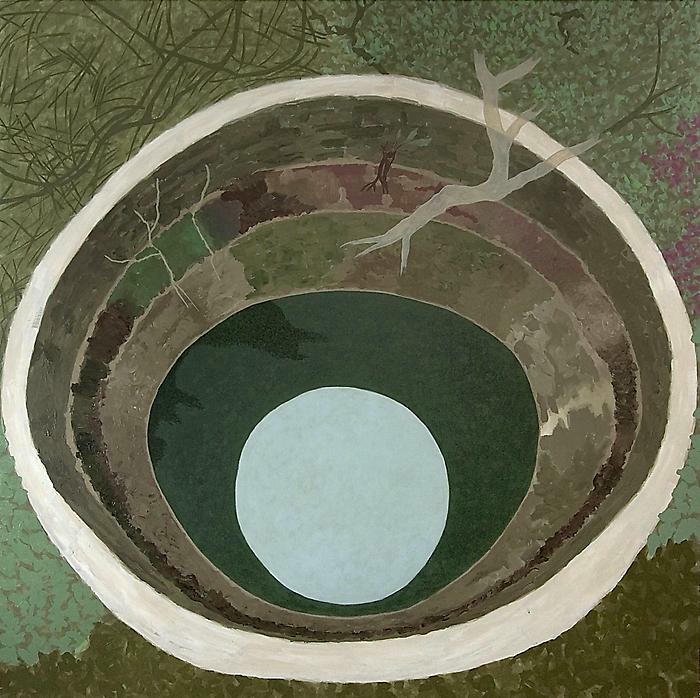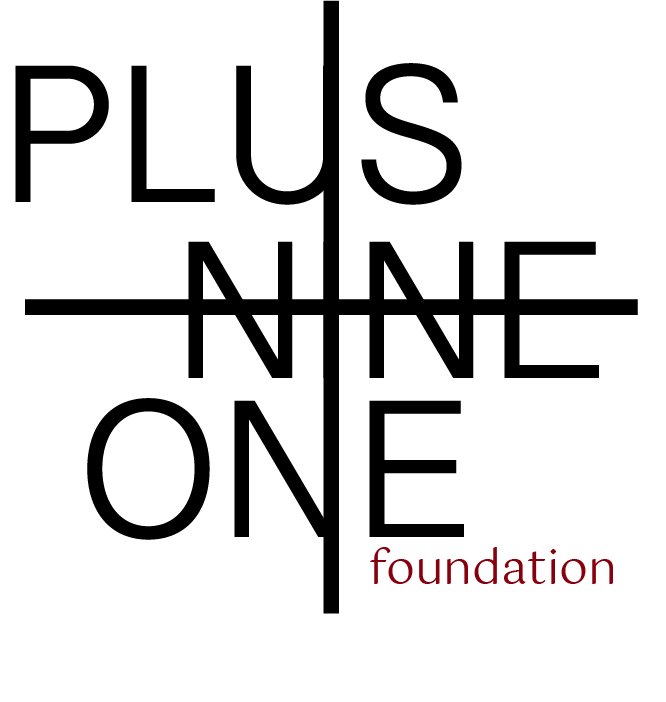Looking into a hole in the ground with painter, poet and physician Gieve Patel




Peering down into a pool of water Narcissus saw himself; Arjuna saw the eye of the fish. The painter, poet and physician Gieve Patel saw passing reflections of trees, banana leaves, clouds and sky. Patel documented these abstractions of passing time in drinking wells on his ancestral estate in his series “Looking into a Well.”
The view of the wells gave Patel a painterly pause: how to represent water with paint? How to represent transparency with colour? As he observed the water’s surface-level changes — the rising and falling with the seasons — he saw different objects, shapes, colours inside the well fighting for representation within the well. He saw the eternal renegotiation of the boundaries of coexistence.
Water — the actual thing he was looking at — resisted representation on the page. Maybe this resistance is reason that Patel made water the hero of his series. If he couldn’t capture the water, he could show himself looking in. But not like Narcissus. Pointing straight at the swivelling fish eye, Patel depicts the world revealed through images.
“Patel’s wells can indeed resemble a lens,” writes Ranjit Hoskote, in his book ‘To Break and To Branch’:
“Usually, though, the surfaces of his wells suggest petri dishes tapestried with bacterial cultures, the residues of stratified archeological digs, or archives of weeds and mirrored palms, repositories of fallen leaves, trailing creepers and troves of flowers.”
Daria Federova’s petri dish kingdoms
Tiny invisible kingdoms
Hoskote’s observations of Patel’s work reminded me that there is an entire subculture of people using bacteria to make art inside petri dishes. It’s an art form that goes back to the father of penicillin — Alexander Fleming.
Fleming painted ballerinas, soldiers and stick figures using the natural colouring of microbes. He’d paint them onto the agar surface and then wait for the bacteria to bloom into shades of colour.
I love the image: a man walks into the hospital with syphilis, and his doctor lights up — his disease is just the shade of yellow he’ll need to complete his field of sunflowers.
Artist Daria Federova has taken microbial art to a new dimension. She is growing vast miniature universes from samples she finds in cities, forests and parks. Her palm-sized kingdoms are created in collaboration with bacteria. She tends to their needs and tantrums, knowing that they are sensitive to small changes in the air, humidity, and the coming and going of her presence. She writes:
“I see my works as a meta photograph of "Nothing", so I collect spores from the air, surroundings, personal items, pets, cars, subway, ash, church, body skin, antique items – and make them visible from the bio abstract side, contributing the power of invisible, unknown and the Big energy. But at the same time it's a collaboration with organisms ‒ I feed them with my canvas ‒ and they give new shades, tones and gradients with the help of their transporting and excretory systems”
“I was born to be lonely”
Through the eyes of a poet or a painter, a hole in the ground or a petri dish can all of a sudden reveal the secrets of the universe, and leave you pondering your own miniscule existence.
Let me leave you with a final set of images from the poet and paediatrician William Carlos Williams, and this painting by Matisse - “Dance.” They represent together a that stolen moment of solitude from life, a small circle to escape inside before you have to go back and continue the day.
Danse, Henri Matisse
Danse Russe
If I when my wife is sleeping
and the baby and Kathleen
are sleeping
and the sun is a flame-white disc
in silken mists
above shining trees,—
if I in my north room
dance naked, grotesquely
before my mirror
waving my shirt round my head
and singing softly to myself:
“I am lonely, lonely.
I was born to be lonely,
I am best so!”
If I admire my arms, my face,
my shoulders, flanks, buttocks
against the yellow drawn shades,—
Who shall say I am not
the happy genius of my household?
-William Carlos Williams





